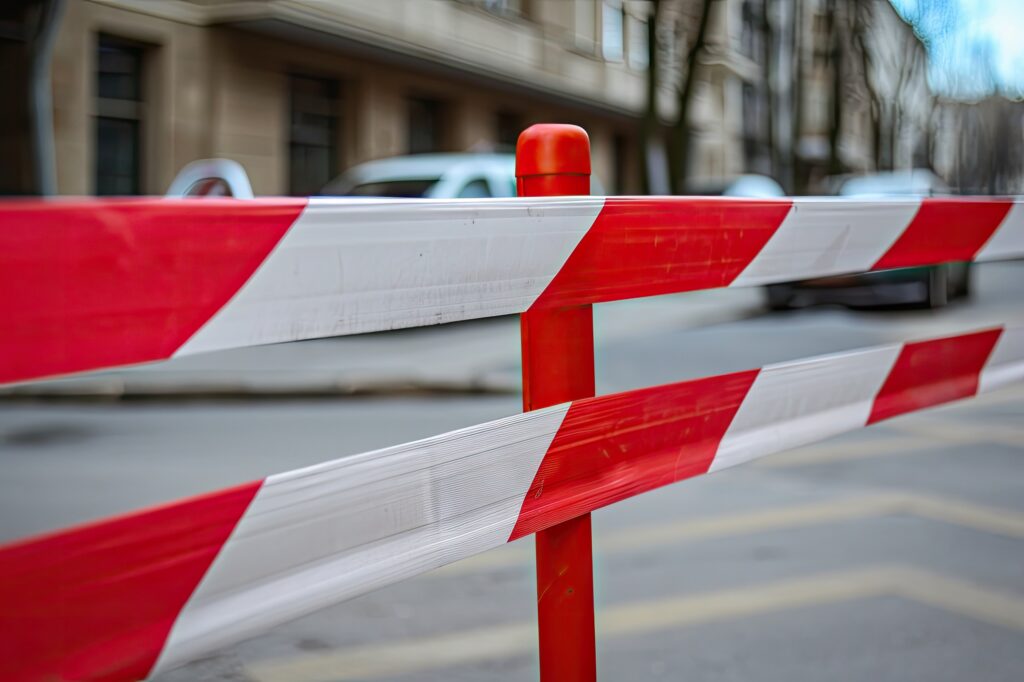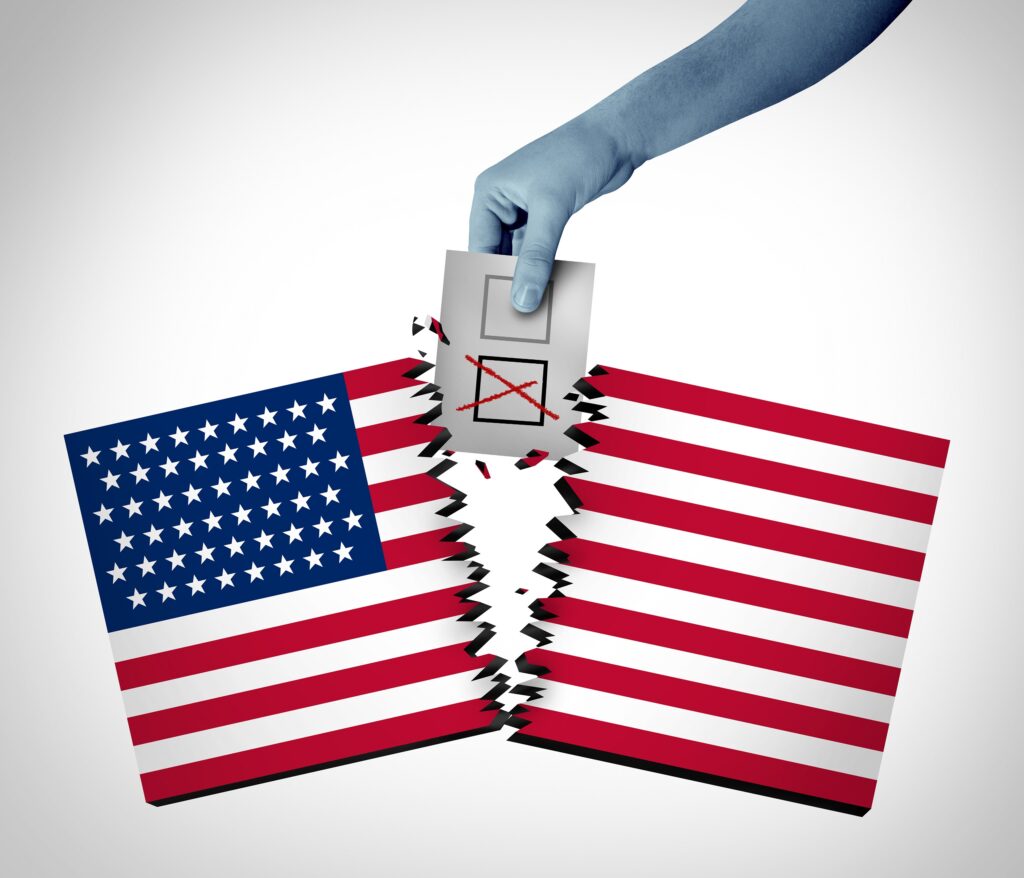A Tale of Two Cities: Bail Reform in New Jersey as a Model for New York
Last week, New York Gov. Kathy Hochul failed to come to a final budget agreement with legislative leaders. It was a far cry from the beginning of the year, when Gov. Hochul hailed a “new era” of executive deference to the “rightful roles of the legislature.” But the last few months have seen these pleasantries dwindle, culminating with the legislature and the governor missing the April 1 deadline for a finalized budget.
There were several sticking points, but the one receiving the most attention is whether the 2019 bail reform should be amended to make additional offenses eligible for bail—as Gov. Hochul’s administration argues—or left as is, which is the preference of legislative leaders. Neither position looks interested in budging. Gov. Hochul issued a 10-point memo describing adjustments her administration believes would better protect public safety; New York City Mayor Eric Adams has called for many of the same changes. But Senate Majority Leader Andrea Stewart-Cousins and Assembly Speaker Carl Heastie have defended the 2019 law and show no interest in the governor’s proposals. Complicating matters is the November election, when Gov. Hochul will be on the gubernatorial ballot for the first time amid rising concerns over public safety: 74 percent of New York City voters call crime a “very serious” problem.
Adjusting bail reform to better protect public safety can be done without eliminating the many positive gains New York has made toward reducing racial disparities and decriminalizing poverty since the law’s enactment in 2020. To strengthen the reforms, New York should set aside both Gov. Hochul’s 10-point plan as well as legislative leaders’ 2019 blueprint. Instead, legislators should look to New Jersey’s 2017 bail reform, adopting an objective risk assessment to determine whether a suspect should be released pending trial, in addition to allocating more funding for the state’s judiciary.
Evaluating Bail Reform in New York
Bail reform in New York, which went into effect at the beginning of 2020, established that for most nonviolent felonies and misdemeanors, judges cannot set cash bail. Instead, they can either release suspects on their own recognizance—in other words, promising to appear for their court date—or set other non-monetary conditions of release, such as travel restrictions or maintaining employment. When judges do have the option of setting cash bail, they can only consider the likelihood of the suspect appearing for their court date. New York is the only state that bars judges from considering the risk that the accused person may portray to the community, sometimes known as a “dangerousness standard.”
Many advocates argue a “dangerousness standard” is too subjective and could reintroduce racial biases into the justice system. Importantly, a judge’s consideration of a suspect’s risk to public safety was eliminated in New York in the 1970s, so bail reform did not unwind recent public policy on this issue. But opponents say that when judges only evaluate flight risk and not public safety risks, the results—spiking crime—speak for themselves. In February 2022, every major crime index in New York City except shootings had increased over February 2021 figures: overall crime was up almost 59 percent, with robberies up 56 percent, murders up 10 percent and car theft up 104 percent.
As bail reform supporters argue, though, correlation does not equal causation, and the increase in crime was not necessarily a result of bail reform. After all, the surge was not limited to New York; across the country, murder rates were up 30 percent from 2019 to 2020—the largest year-over-year increase since at least 1905—and aggravated assault was up 12 percent. There is likely a confluence of factors that led to this surge, from the economic upheaval of the COVID-19 pandemic to the social upheaval in the wake of George Floyd’s murder, to steep cuts in funding for police departments across the country.
Still, there is some indication that New York’s version of bail reform is not doing enough to uphold public safety. According to one former district attorney, who served in Queens for 42 years, 43 percent of felony suspects with prior convictions who were released under non-monetary conditions were rearrested before their trials. The author argues these numbers are more informative than broader rearrest rates because before bail reform was enacted, felony suspects with prior convictions would have had bail set rather than being released on non-monetary conditions.
Examining Bail Reform in New Jersey
New Jersey provides a different model for bail reform. Before 2017, whether New Jersey suspects were detained pre-trial was determined only by their ability to post bail, with the specific bail amount determined by their risk of flight, not by any risk to public safety. According to some, this system created two diametric problems. First, too many low-level, non-violent suspected offenders were being detained in jail because of an inability to post bail; second, individuals accused of serious felonies who could post bail were being released, potentially to the detriment of public safety.
When New Jersey reformed the bail system on a bipartisan basis, they replaced cash bail with a data-based risk assessment to help determine whether releasing a suspect would pose a risk to community safety. To combat potential subjectivity in evaluating a person’s “dangerousness,” policymakers worked with the Arnold Foundation to develop an algorithm that compiles a person’s prior arrests and convictions and develops a score on their estimated risk. But this score is the beginning of the conversation, not the end: the defense attorney and the prosecutor then present any mitigating factors to the judge before bail is set.
New Jersey shored up its new bail system in other ways as well. While both New York and New Jersey statutorily limit pre-trial detainment to 180 days, only New Jersey secured funding for 20 new Superior Court judges, making it more feasible to uphold the law. Furthermore, it is easier for New Jersey judges to revoke the release of individuals who are rearrested or fail to appear in court, while in New York, the suspect must be rearrested specifically for a felony or “persistently and willfully” fail to appear for multiple court dates.
No bail reform is perfect, but in New Jersey, the numbers show it’s working. The percentage of low-risk defendants incarcerated in the Garden State in 2012 was 12 percent; in 2019, it was just 2.4 percent. The rearrest rate for those with pending trials remained steady at 14 percent even after bail reform took effect, and more than 90 percent of released suspects came to their court appearances. In 2018, the state judiciary reported that at least 3,000 fewer Black people, at least 1,500 fewer white people and at least 1,300 fewer Hispanic people were incarcerated once bail reform took effect.
By all accounts, Gov. Hochul’s recommendations are a piecemeal approach to improving bail reform in New York, while legislative leaders do not want to acknowledge the system needs any reform at all. In the midst of this entrenchment, the New Jersey model offers a third way. By incorporating an objective risk assessment for judges and attorneys to better target the use of bail based on public safety, and securing additional funding for the state judiciary to ensure the time between arrest and trial is lessened, New York can build on the 2019 bail reform and continue its successes.







